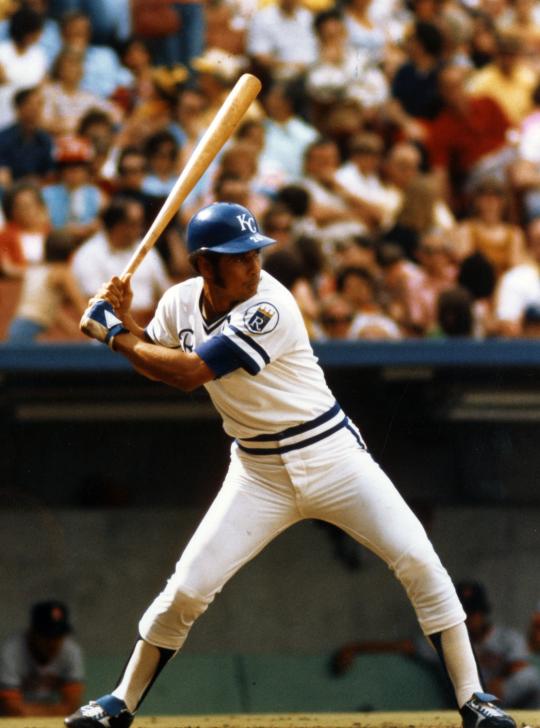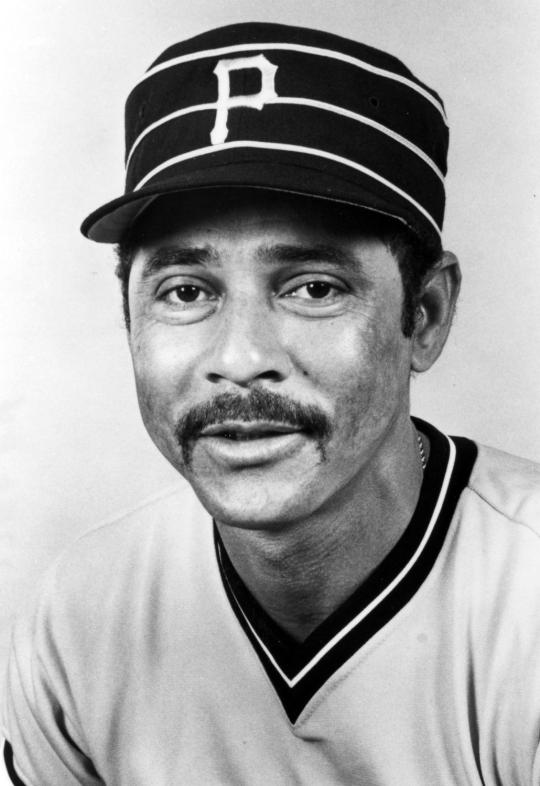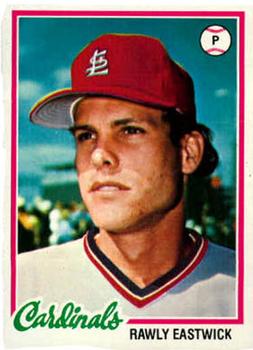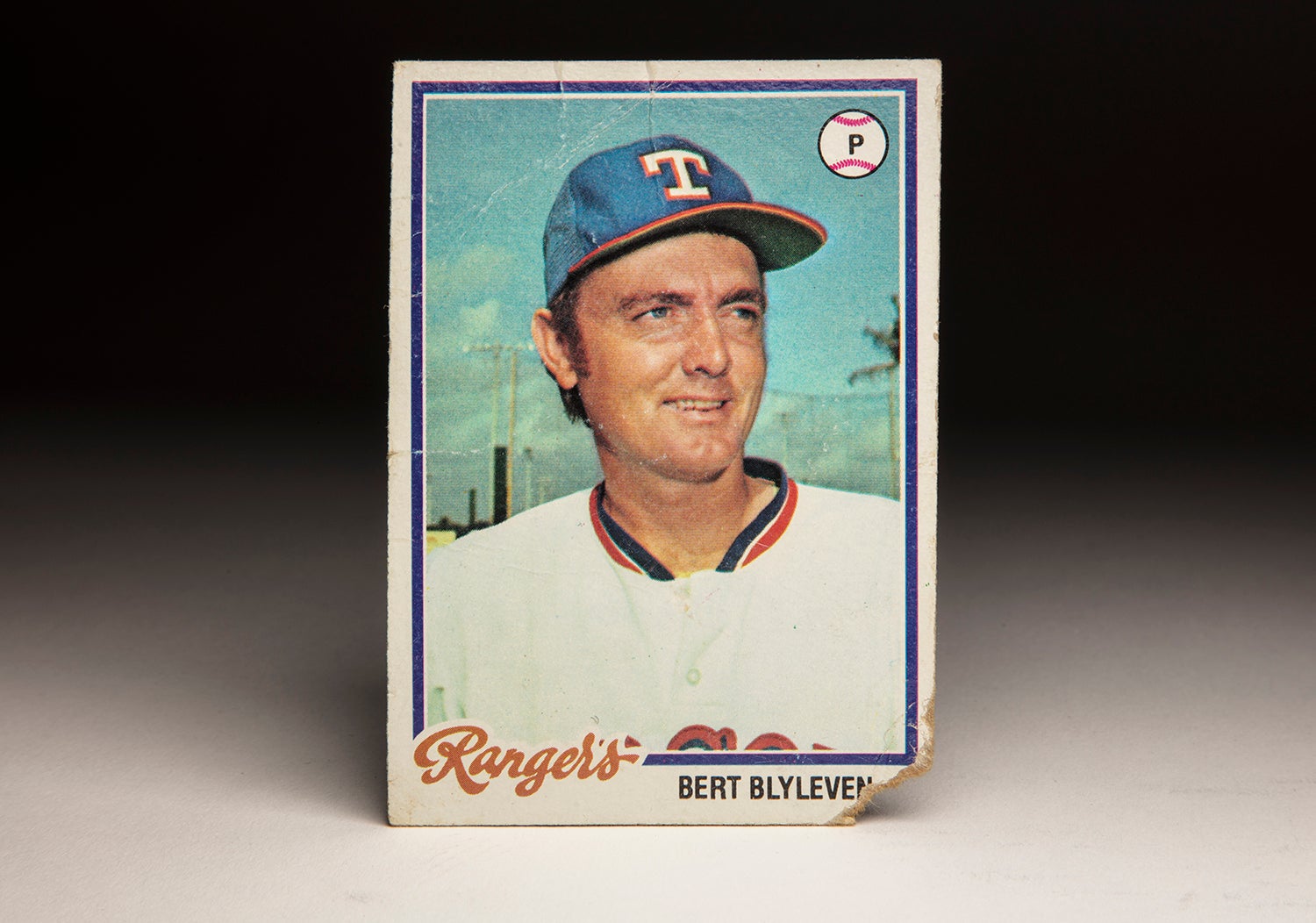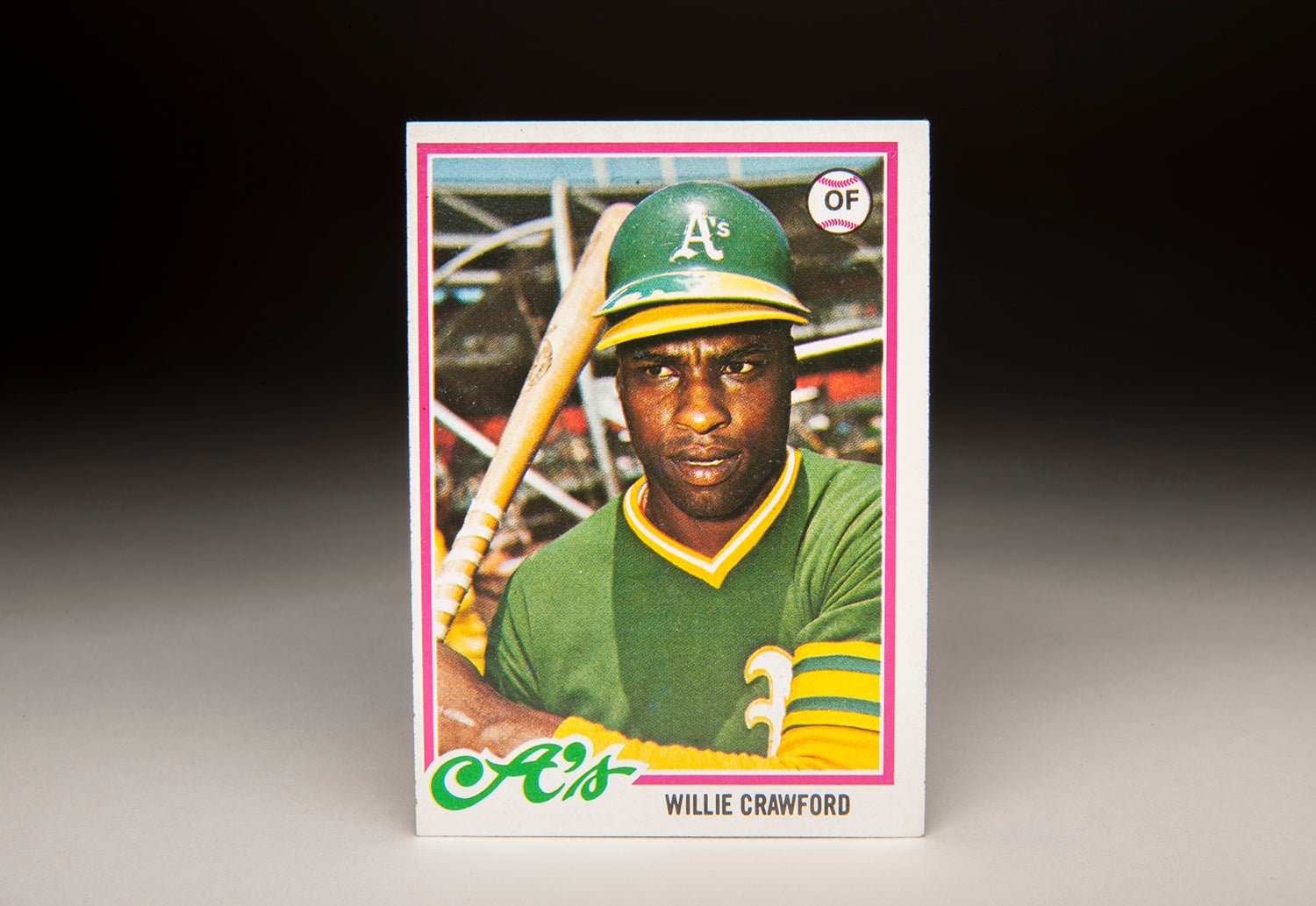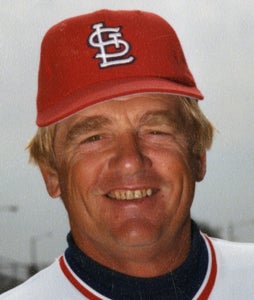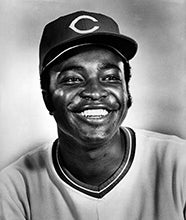- Home
- Our Stories
- #CardCorner: 1978 Topps Amos Otis
#CardCorner: 1978 Topps Amos Otis
In an era where the five-tool athlete was the measure of the game’s best player, Amos Otis ranked as near the top of every scout’s list.
And though not playing in New York or Los Angeles may have suppressed his national profile, Otis emerged as one of the most respected players of the 1970s.
By the time his 1978 Topps card made it to the market, Otis was a veteran presence on a young and talented Kansas City team. Otis’ Royals never reached the ultimate prize of a World Series victory, but they did become the blueprint for expansion teams for years to come.
Born April 26, 1947, in Mobile, Ala., Otis was drafted as a high school shortstop by the Red Sox in the fifth round of the inaugural MLB Draft in 1965. In just two years in the low minors – including the 1966 season in Oneonta, N.Y., just 30 minutes from Cooperstown – he established himself as a top prospect, earning an invitation to the Red Sox’s Florida Instructional League team following the 1966 season. Otis hit .360 in the FLIL but was left unprotected in that November’s minor league draft, where the Mets jumped at the chance to add Otis to their impressive minor league system.
Over the next three seasons, Otis established himself at Triple-A and earned a late-season call-up with the Mets in 1967. Otis made the Mets’ Opening Day roster in 1969 and got a look-see at third base from manager Gil Hodges before transitioning to the outfield. Between stints in the minors, Otis appeared in 48 games as a reserve during the Mets’ run to the World Series title, though he was not placed on the postseason roster.
The Mets’ refused several trade offers for Otis throughout the years but relented on Dec. 3, 1969, in order to address their longstanding issue at third base. The Royals sent Joe Foy to New York that day in exchange for Bob Johnson and Otis, a deal the Mets would regret for a decade.
In 1970, Otis was installed as the Royals’ center fielder – a position he would hold almost without interruption for 13 seasons. Playing in 159 games in his first season in Kansas City, Otis hit .284 with 11 homers 58 RBI and a league-leading 36 doubles. Batting out of the No. 3 spot, Otis also stole 33 bases (being caught just twice) and was named to his first All-Star Game.
The next season, Otis was even better – hitting .301 with 15 homers, 79 RBI and an AL-best 52 stolen bases. Otis also won the first of three Gold Glove Awards he would capture during his career and finished eighth in the AL MVP voting.
The Royals also won 20 more games in 1971, posting their first winning season in just their third year of existence.
Otis was also named to the All-Star Game in 1972 and 1973, earning a starting assignment in the latter year. The 1973 season may have been Otis’ best, as he hit .300 with a career-high 26 home runs and 93 RBI. He finished third in the AL MVP voting, helping the Royals finish second in the AL West.
The Royals regressed in 1974, and Otis struggled through off seasons that year and in 1975. But in ’75, manager Whitey Herzog came aboard – setting the stage for a remarkable run through the end of the decade. In 1976, Otis rebounded by hitting .279 with 18 homers, 86 RBI, 26 steals and an AL-best 40 doubles. The Royals won 90 games en route to the AL West title, losing in the American League Championship Series against the Yankees in the bottom of the ninth of the deciding Game 5 on a walk-off home run by Chris Chambliss.
Otis came to bat only once in the ALCS, leading off Game 1. He tried to bunt his way on, but turned his ankle while running to first and was lost for the rest of the series.
The Royals returned to the ALCS in both 1977 and 1978 – falling to the Yankees both times. Otis continued his fine play as he entered his 30s, nearly duplicating his 1973 season in 1978 with 22 home runs, 96 RBI a .298 batting average and 32 stolen bases.
In 1979, the Royals failed to win the division – but Otis hit .295 with 18 homers, 90 RBI and a career-best 100 runs scored. He became just the second American Leaguer – the first since Ken Williams of the Browns in 1922 – to post at least 100 runs scored, 90 RBI and 30 steals in his age-32 season or older.
In 1980, the Royals returned to the top of the AL West and finally beat the Yankees in the ALCS. They lost the World Series to the Phillies in six games, but Otis grabbed the headlines by hitting .478 with three homers and seven RBI. He continued to defy time through the 1982 season, finally ceding the starting center fielder job in 1983 before ending his career with a partial season in Pittsburgh in 1984.
“This is the end of an era, no question about it,” Royals teammate Hal McRae told the Associated Press on July 13, 1983, when the Royals officially replaced Otis in center field with Willie Wilson. “He’s meant at awful lot to this team.”
Over 17 big league seasons, Otis totaled 2,020 hits, 193 home runs, 1,007 RBI and 341 steals to go with a .277 batting average and .343 on-base percentage. He was named to five All-Star Games and won three Gold Glove Awards, exhibiting plus skills in virtually every facet of the game.
At the time of his retirement, Otis was one of only five players – along with Willie Mays, Bobby Bonds, Joe Morgan and Vada Pinson – with at least 193 home runs and 300 stolen bases.
For baseball fans of a certain age, Amos Otis and the Royals were the epitome of baseball excellence.
Craig Muder is the director of communications for the National Baseball Hall of Fame and Museum

